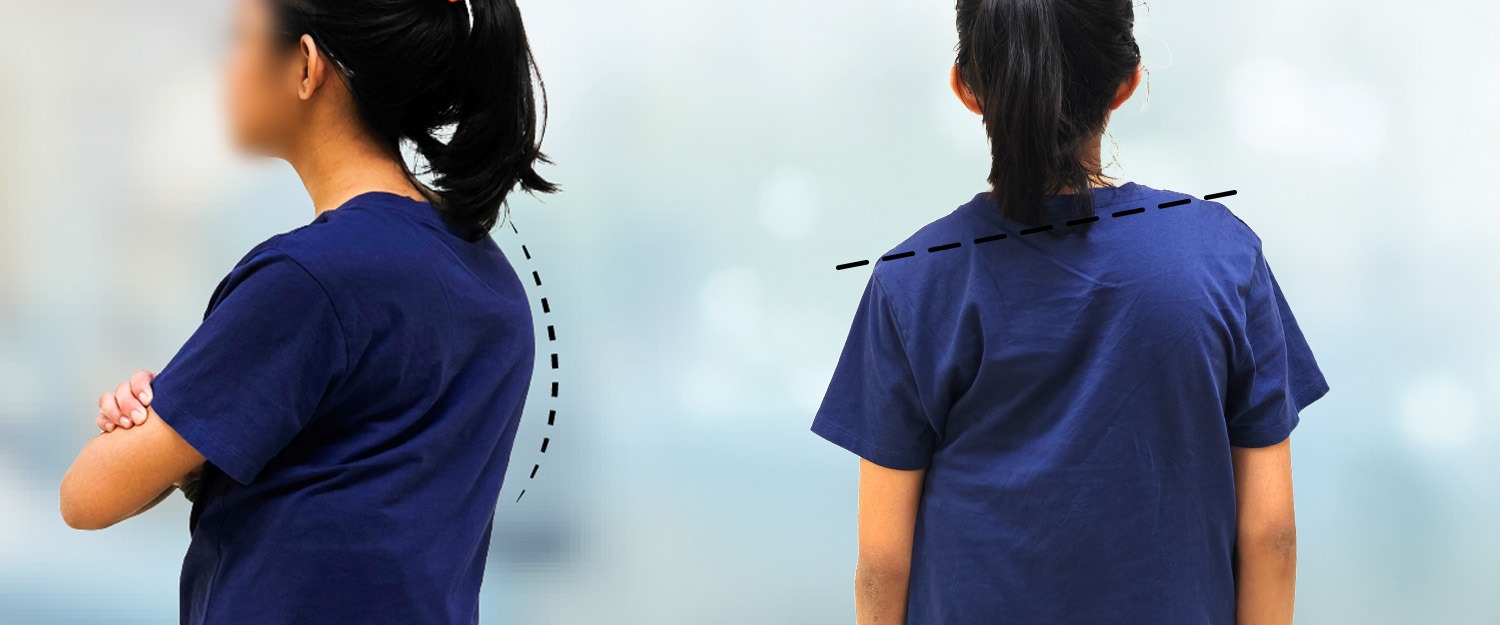
Spine Deformities: Types, Symptoms & Treatment in Dubai
Most of us don’t think much about our spine until something feels off. Maybe your back’s been aching more than usual. Maybe you’ve noticed your posture shifting, or someone points out that your shoulders look uneven. These small changes can be signs of something deeper: a spinal deformity.
Spine deformities aren’t just about appearance. They can affect your balance, your breathing, your energy, and your ability to move freely. In some cases, they’re present from birth. In others, they show up slowly over time, especially as we age.
At Adam Vital Hospital, treating spine deformities isn’t just about straightening the spine—it’s about helping people move better, feel better, and regain their confidence.
Let’s take a closer look at the most common types of spine deformities and why early attention makes a difference.
Scoliosis
Scoliosis is probably the most well-known spinal condition. It’s when the spine curves sideways into a “C” or “S” shape. It often shows up during teenage growth spurts, but adults can develop it too, especially if they’ve had long-term back issues.
What to look for?
Uneven shoulders or hips
Clothes that hang strangely
Back pain or fatigue after standing
Some cases are mild and just need monitoring. Others may require physical therapy, bracing, or surgery if the curve is severe or getting worse. At Adam Vital Hospital, the approach depends on the person, not just the X-ray.
Kyphosis
Kyphosis is when the upper back rounds forward more than it should. While a slight curve is natural, too much can lead to that hunched or stooped posture that people associate with aging, but it’s not just an “old age” problem.
It can happen:
In teens (called Scheuermann’s kyphosis)
From years of poor posture
After fractures or degenerative disc problems
Kyphosis can cause chronic pain, stiffness, and in severe cases, difficulty breathing. Treatment may include posture training, strengthening exercises, or, in some cases, surgery.
Lordosis (or Hyperlordosis)
This is when the lower back curves inward more than it should. While some curve is normal in the lower back, too much can cause problems over time, especially with standing or walking.
Symptoms might include:
A pronounced arch in the lower back
Back pain
Trouble standing straight
Treatment often focuses on strengthening the core, stretching tight muscles, and correcting alignment. Surgery is rarely needed unless there’s a serious structural issue.
Flatback Syndrome
Flatback happens when the natural curve in the lower spine is lost, and the back becomes unnaturally straight. This throws off your balance, forcing you to lean forward when standing or walking.
Common signs:
Difficulty standing up straight
Low back pain
Feeling like you’re always leaning forward
Flatback can develop after spinal surgery, degenerative disc disease, or as a result of long-term postural issues. At Adam Vital Hospital, the focus is on restoring alignment and helping the body move more naturally again, whether through therapy or surgical correction when needed.
Degenerative Spinal Deformities
As we get older, our spines change. Discs wear down, bones thin, and joints stiffen. For some, these changes lead to visible deformities, chronic pain, or even nerve compression.
You might notice:
Pain that worsens with standing or walking
Changes in posture
Numbness or weakness in the legs
These types of deformities often respond well to non-surgical care like targeted physical therapy and pain management. But in more advanced cases, surgical support may be the best option for relief.
Why Do Spine Deformities Happen?
There’s no single answer. Some people are born with them. Others develop them after an injury, years of poor posture, underlying disease, or simply from the wear and tear of daily life. Genetics play a role too. If someone in your family had a spinal condition, you might be at higher risk.
When to See a Doctor?
You don’t need to be in severe pain to get checked. Early signs of a spine deformity can be subtle, but catching them early can make a huge difference in how easily they’re treated.
See a specialist if you notice:
Uneven posture
Chronic back pain
A visible curve or hump in your back
Trouble standing or walking
Tingling or numbness in the arms or legs
The Spine Specialists at the Complex Spine & Scoliosis Center at Adam Vital Hospital take the time to understand the root of the problem, not just treat the symptoms. With advanced diagnostics, a full rehabilitation team, and some of Dubai’s leading spine experts, they offer treatment plans that are realistic, personalized, and focused on long-term results.
Final Thoughts
Spine deformities aren’t rare, and they’re nothing to be ashamed of. But they are worth paying attention to—especially if they’re starting to affect how you move, how you feel, or how you live your daily life.
The good news? You’re not stuck with the pain, the stiffness, or the posture changes. With the right care—and the right team—you can move better, feel stronger, and stand tall again.
Adam Vital Hospital is here to help you take that first step. Whether it’s a detailed evaluation, a second opinion, or a personalized treatment plan, you’ll be in good hands.

